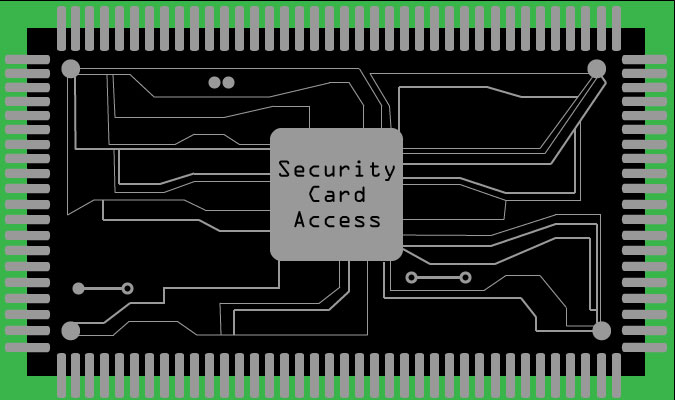BU updates ID card system
Before arriving on campus to begin the school year, Baker students were bombarded with emails regarding the change in ID card system.
According to Andy Jett, BU chief information officer, the planning for this change began around Christmas of last year and continued throughout the following spring semester.
“The software that was running the previous cards was very old,” Jett said. “We had it for probably over a decade or more and it was beginning to just not work properly.”
Cosmetically, the appearance of the cards do not differ much from those of past years. The previous cards had a black magnetic stripe on the back that allowed students access into their appropriate buildings or to their meal plan in the cafeteria.
With an update in technology, the cards now operate with a chip in the card that allows students to simply wave it in front of a sensor. In the past, the ID cards had to be swiped at entrances. The enhancements of the chip also give students access only into their own specific dormitory and hallway.
Members of the Information Technology Department recognize the hassle it has been for students to find time to come in to get their new ID cards, but they hope the change doesn’t come to be a problem.
“It was probably a little bit of an inconvenience for everyone to have to come in and get a new card, for the returning students specifically, but as far as the purpose of the card, (it) has not really changed,” Jett said.
Jared Culbertson, interim director of information management, saud the new way of using the cards will help them last longer.
“[The change] should help out because eventually cards get damaged; the stripe gets damaged and it’s not able to be read,” Culbertson said. “With the new cards its all internal.”
The new ID software has helped merge what was previously two separate programs.
“We had two separate sets of software that ran both door access [and] meal plans and also then stored information,” Jett said. “We were having to do a lot of merging of data and moving it around.”
Including both sets of data in one system created a more reliable program to work with, which might also provide the opportunity for more change or future enhancements.
“We are hoping the new software has a lot more capabilities and will allow us to do some other things going forward,” Jett said. “We really do not know yet what those are, but we know it has some expanded opportunities.”
Flyers are posted within the library with the policy for ID card replacement. “Mutilated” cards, which are physically damaged, or lost cards will be replaced once with no charge, but a second replacement will cost $30. Jett said the price was affected because of the chips inside the cards, which are more expensive than the previous magnetic strip.







